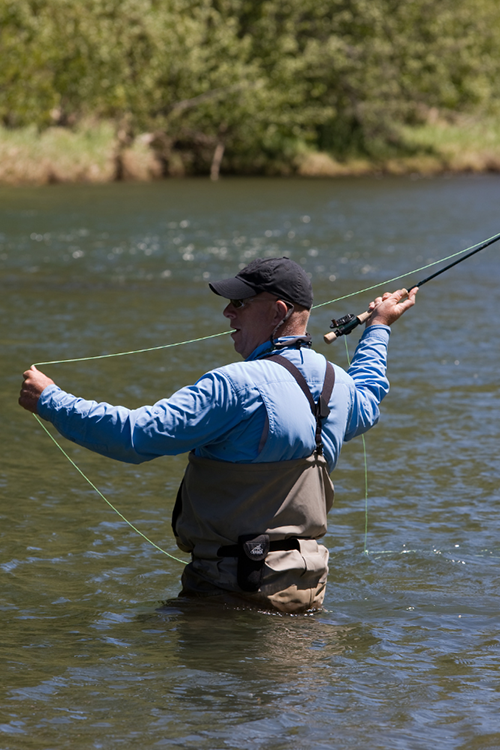Trout are most attracted to small baits that resemble their natural prey, such as worms, fish eggs, grasshoppers, or live minnows. Focus on understanding trout behavior, mastering specific techniques, and using appropriate bait or artificial lures.
Remember: Big trout are easily spooked, so stealth is key when fishing for them. Avoid making sudden movements with splashy steps or splashy movements, and try to fish areas that receive less pressure from other anglers.
Remember: Big trout are easily spooked, so stealth is key when fishing for them. Avoid making sudden movements with splashy steps or splashy movements, and try to fish areas that receive less pressure from other anglers.
1. Don't Cast from the Bank
Sometimes, trout are so close to the Bank that casting long lines won't suffice. What to do then? Most anglers move downstream slowly and quietly until you come within range of them. This will not only cover more water but will also prevent you from scaring away fish that could otherwise help you land successfully!
Fishing rigs provide an effective method of fishing from shore, requiring minimal effort but producing excellent results. Once an imperceptible movement in your bobber indicates a brook trout has taken your bait, you know they have captured it!
Avoid adding too many split shots. Why? This will cause resistance when trout strike your bait. Moreover, it is also important to handle fish carefully after landing to preserve its slime layer and not disturb its protective slim coating.
Fishing rigs provide an effective method of fishing from shore, requiring minimal effort but producing excellent results. Once an imperceptible movement in your bobber indicates a brook trout has taken your bait, you know they have captured it!
Avoid adding too many split shots. Why? This will cause resistance when trout strike your bait. Moreover, it is also important to handle fish carefully after landing to preserve its slime layer and not disturb its protective slim coating.




